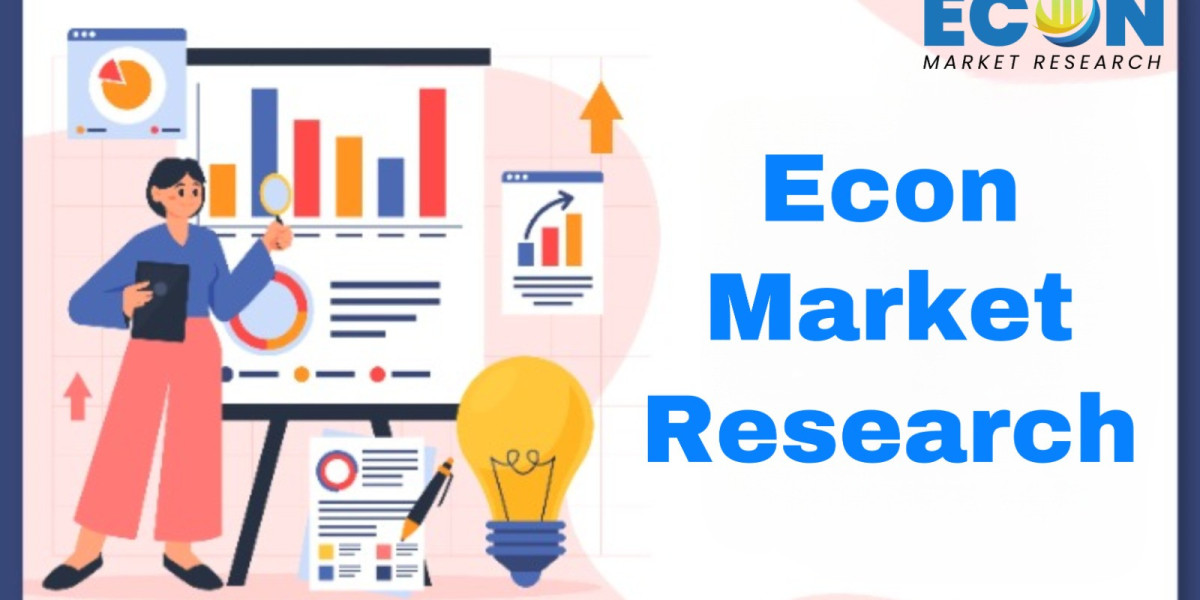Formulation development is a critical aspect of pharmaceutical science, bridging the gap between drug discovery and the delivery of medications to patients. This intricate process involves the careful design and creation of pharmaceutical formulations that ensure the stability, efficacy, and safety of active pharmaceutical ingredients (APIs). Let's dive into the fascinating world of formulation development, exploring its importance, the steps involved, and the innovative trends shaping its future.
Understanding Formulation Development
Formulation development is the process of transforming an active pharmaceutical ingredient into a final medicinal product. This product can take various forms, including tablets, capsules, injectables, creams, and more. The primary goal is to ensure that the drug is delivered effectively to the target site within the body, maintaining its therapeutic efficacy while minimizing side effects.
Key Objectives:
- Stability: Ensuring the drug remains effective throughout its shelf life.
- Efficacy: Optimizing the drug's performance to achieve the desired therapeutic effect.
- Safety: Minimizing potential side effects and ensuring patient safety.
- Patient Compliance: Creating formulations that are convenient and acceptable to patients.
The Formulation Development Process
The development of a pharmaceutical formulation is a multi-step process, typically involving the following stages:
Pre-formulation Studies:
- Characterization of the API: Understanding the physical and chemical properties of the API, such as solubility, stability, and bioavailability.
- Excipient Compatibility: Evaluating how different excipients (inactive ingredients) interact with the API.
Formulation Design:
- Selection of Dosage Form: Choosing the appropriate form (e.g., tablet, capsule, liquid) based on the API's properties and therapeutic needs.
- Development of the Formulation: Combining the API with suitable excipients to create a stable and effective product.
Optimization:
- Process Optimization: Refining the manufacturing process to ensure consistency and quality.
- Scale-up Studies: Transitioning from laboratory-scale to commercial-scale production.
Stability Testing:
- Accelerated Stability Testing: Assessing how the formulation holds up under stress conditions (e.g., high temperature, humidity).
- Long-term Stability Testing: Monitoring the formulation over an extended period to ensure it remains effective.
Clinical Trials:
- Phase I-III Trials: Conducting clinical studies to evaluate the safety, efficacy, and dosage of the formulation in humans.
Regulatory Approval:
- Submission to Regulatory Authorities: Preparing and submitting detailed documentation for regulatory review and approval.
Commercial Production:
- Manufacturing and Distribution: Scaling up production and distributing the approved product to the market.
Challenges in Formulation Development
Formulation development is fraught with challenges that require innovative solutions:
- Solubility and Bioavailability: Many APIs are poorly soluble, making it difficult to achieve effective drug concentrations in the bloodstream.
- Stability: APIs and formulations can degrade over time or under certain conditions, impacting efficacy.
- Patient Compliance: Ensuring the formulation is user-friendly to encourage adherence to the prescribed regimen.
Innovative Trends in Formulation Development
Recent advancements in technology and science are driving innovation in formulation development:
Nanotechnology:
- Nanoparticles: Enhancing drug delivery and bioavailability through nanoscale carriers.
- Lipid-based Nanocarriers: Improving the solubility and stability of hydrophobic drugs.
3D Printing:
- Personalized Medicine: Creating customized dosage forms tailored to individual patient needs.
- Complex Drug Release Profiles: Designing formulations with precise control over drug release rates.
Biologics and Biosimilars:
- Advanced Formulations: Developing stable and effective formulations for protein-based drugs and biosimilars.
Sustainable Formulations:
- Green Chemistry: Using environmentally friendly processes and materials in formulation development.
- Biodegradable Polymers: Reducing environmental impact through sustainable excipients.
Conclusion
Formulation development is a dynamic and essential field in pharmaceutical science, playing a pivotal role in transforming promising compounds into life-saving medications. By navigating the complexities of drug properties, patient needs, and regulatory requirements, formulation scientists ensure that medicines are safe, effective, and accessible. As technology continues to evolve, the future of formulation development holds exciting possibilities, promising more personalized, efficient, and sustainable therapeutic solutions.


